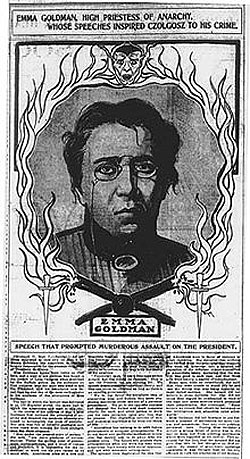“Gender Talents: A Special Address.” See →.
Beatriz Preciado’s interventions are taken from her forthcoming book Testo Junky: Sex, Drugs, and Biopolitics in the Pharmacopornographic Era, trans. Bruce Benderson (New York: The Feminist Press, 2013).
See my Gaga Feminism: Sex, Gender and the End of Normal(Boston, MA: Beacon Press, 2012).
Testo Junky, 33.
Ibid., 35.
Ibid., 82.
Friedrich Nietzsche, The Will To Power (New York: Vintage Books, 1968), 278.
Shulamith Firestone, The Dialectic of Sex: The Case for Feminist Revolution (New York, NY: Farrar, Strauss and Giroux, 1970), 11.
Testo Junky, 46–47.
Lauren Berlant, Cruel Optimism (Durham, NC: Duke University Press, 2011), 260.
Ibid., 117.
Testo Junky, 41.
José Esteban Muñoz, Cruising Utopia: The Then and There of Queer Futurity (New York: NYU Press, 2009), 99, 91.
Ibid., 32.
Judith Jack Halberstam, The Queer Art of Failure (Durham, NC: Duke University Press, 2011).
Indeed, currently many collectives and radical thinkers have been producing manifestos. In addition to The Invisible Committee’s The Coming Insurrection (2009), Italian Marxist Franco “Bifo” Berardi has written The Uprising: On Poetry and Finance (2012), and Fred Moten and Stefano Harney have collaborated on The Undercommons: Fugitive Planning and Black Study (2013).
“Charming for the Revolution” is both the name of a short film by Renate Lorenz and Paulina Baudry, and the title of the congress on art and gender politics of which “Gender Talents: A Special Address” formed a part. The congress was curated by Electra and Tate Film.
Stefano Harney and Fred Moten, The Undercommons: Fugitive Planning and Black Study (Wivenhoe, UK: Minor Compositions, 2013).
I would like to thank Carlos Motta for inviting me to the conference that inspired this essay and for working with me so closely to make it a little less wild and a little more thoughtful.
